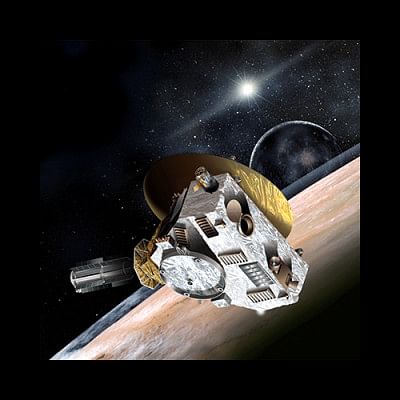Something 'scary' went wrong with Nasa's probe to Pluto

A spacecraft of National Aeronautics and Space Administration (Nasa), New Horizons, cut off communications with Earth as it was headed toward Pluto on July 4, reports Business Insider.
It was a minor setback, and Nasa was able to re-establish communications with the spacecraft within one and half hour and reported that it was "healthy" and still on course toward Pluto.
The spacecraft kicked itself into safe mode to reconnect with Earth, and is now no longer taking photos or collecting other scientific data.
Planetary Scientist Emily Lakdawalla for The Planetary Society said, "This is scary."
"It's not what the team wanted to be dealing with right now."
New Horizons is scheduled to fly within 6,000 miles of Pluto on July 14 and use the seven instruments on board to collect information that will significantly advance the current understanding on this tiny, icy world that is floating in space 4.67 billion miles away.
However, with the science instruments locked in safe mode, all of the photos and scientific measurements that scientists have been looking forward to were in jeopardy of never being collected.
Apparently Nasa has resolved the issue:
Within hours of the reported problem on July 4, a review board was convened, and on July 5 they reported that they had found the root of the problem:
"The underlying cause of the incident was a hard-to-detect timing flaw in the spacecraft command sequence that occurred during an operation to prepare for the close flyby," Nasa wrote in a statement.
Now, the main goal of the New Horizons team is to get the spacecraft from safe mode back into its normal operating mode, so that it could use its seven instruments on board to continue studying Pluto upon its closest approach on July 14.
On July 5, Nasa reported that they plan to re-establish normal operations and start collecting scientific data on July 7.
Moreover, the command sequence that caused Earth to lose contact with New Horizons should be the last one of its kind until the flyby. Therefore, there should be no risk of the same incident occurring, again, any time soon.

 For all latest news, follow The Daily Star's Google News channel.
For all latest news, follow The Daily Star's Google News channel. 



Comments